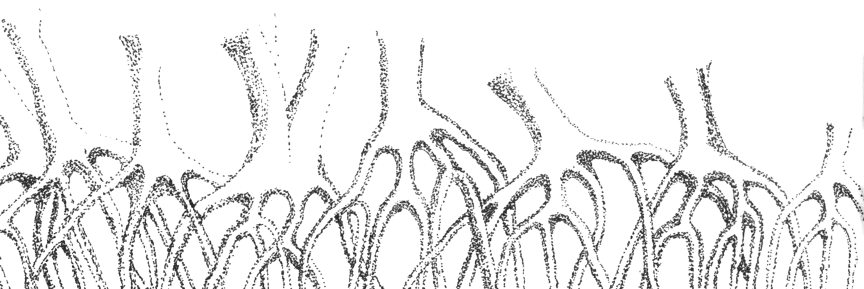Memoir
Jaime An Lim
Marj and I share many commonalities. We both speak the same mother tongue (Binisaya), received the same master’s degree (Creative Writing) from the same university (Silliman), and won similar awards (Metrobank Foundation Outstanding Teacher). But our professional paths never crossed for the longest time, so we did not know each other personally, only by reputation. We heard about each other through the usual idle tsismis of mutual friends or from newspapers, journals, and books. I came to know Marj through her luminous poems in her National Book Award-winning poetry collection Dreamweavers. Her poems blew me away. Who was this literary wonder from Tagbilaran, Bohol? I remember wanting to meet her in a reckless fit of wishful thinking. That was in 1987.
The opportunity did not come until many years later. In April 1995, we held the first Iligan National Writers Workshop. As workshop director, I had a hand in organizing the panel. We had National Artist for Literature, Cirilo F. Bautista, the spiritual godfather of the Iligan workshop. We had Ophelia Dimalanta, the director of the UST Creative Writing Center. I made sure we also had Marjorie Evasco.
After a long wait, I finally got to meet the dreamweaver of Bohol. At the end of the week-long workshop, Marj gifted me with a slim volume as a gesture of gratitude for the chance “to work with young writers again.” The book was Wallace Stegner’s On the Teaching of Creative Writing (1988). Always mindful and wise, Marj had chosen to give something that held a special meaning to a fellow teacher. A little book overflowing with a celebrated author’s insights into the craft of writing and the writing life. For instance, Stegner on talent: “Talent can’t be taught, but it can be awakened—by reading, by contact with other talents, by exposure to an environment where the expression of talent is valued and encouraged.” And another, on the value of reading: “Writers teach other writers how to see and hear.”
The choice of Stegner as a gift, I realize now, was especially prescient. Stegner was not just a prize-winning writer but also the founder of the writing program at Stanford University. In graduate school, his iconic coming-of-age story “Butcher Bird” was one of the stories we took up in the fiction class of Dad Ed Tiempo, another founder of a writing program. The book, in a sense, was as much a tribute to Dad Ed as it was to Stegner. Both were pioneers in institutionalizing creative writing as an academic discipline. And the book was passed on to me like an article of faith, hope, or promise. For over 27 years, I have kept that little book on my bedside table, safe from being misplaced, through all my peripatetic moving back and forth from Iligan to Manticao to Sampaloc to Antipolo. The dedication on the flyleaf was addressed to Dear Jimmy and was signed, “Sa kanunay, Marj.”








